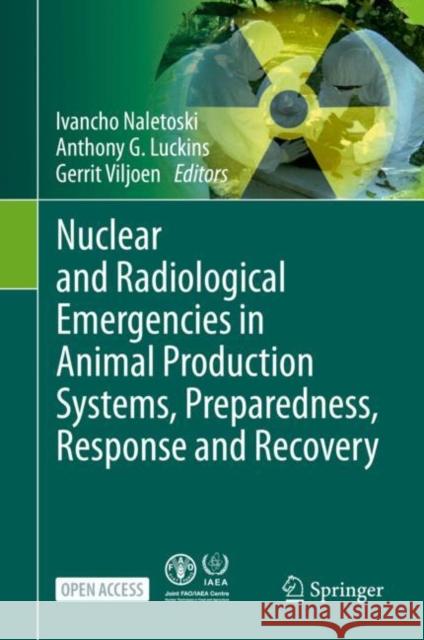Nuclear and Radiological Emergencies in Animal Production Systems, Preparedness, Response and Recovery » książka
topmenu
Nuclear and Radiological Emergencies in Animal Production Systems, Preparedness, Response and Recovery
ISBN-13: 9783662630204 / Angielski / Twarda / 2021 / 195 str.
Nuclear and Radiological Emergencies in Animal Production Systems, Preparedness, Response and Recovery
ISBN-13: 9783662630204 / Angielski / Twarda / 2021 / 195 str.
cena 201,24
(netto: 191,66 VAT: 5%)
Najniższa cena z 30 dni: 192,74
(netto: 191,66 VAT: 5%)
Najniższa cena z 30 dni: 192,74
Termin realizacji zamówienia:
ok. 22 dni roboczych.
ok. 22 dni roboczych.
Darmowa dostawa!
Kategorie BISAC:
Wydawca:
Springer
Język:
Angielski
ISBN-13:
9783662630204
Rok wydania:
2021
Wydanie:
2021
Ilość stron:
195
Oprawa:
Twarda
Wolumenów:
01











